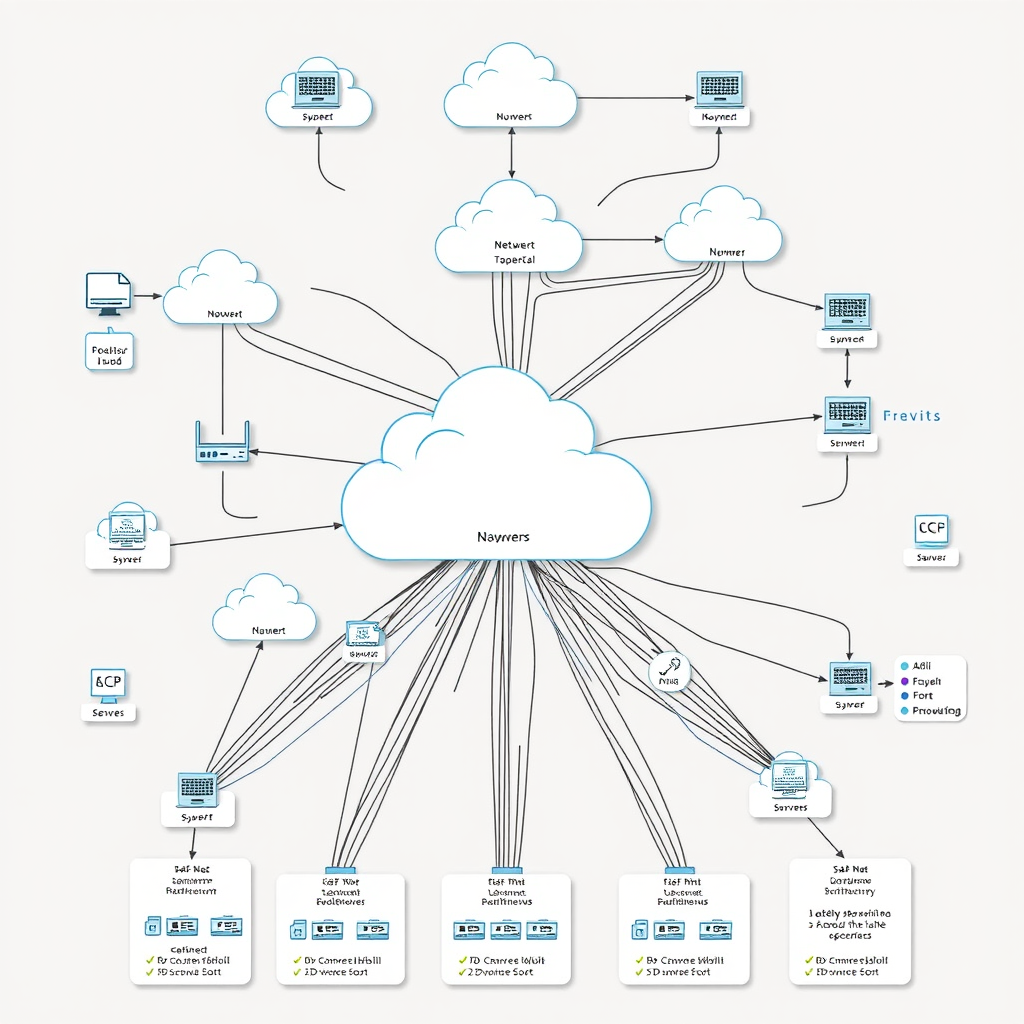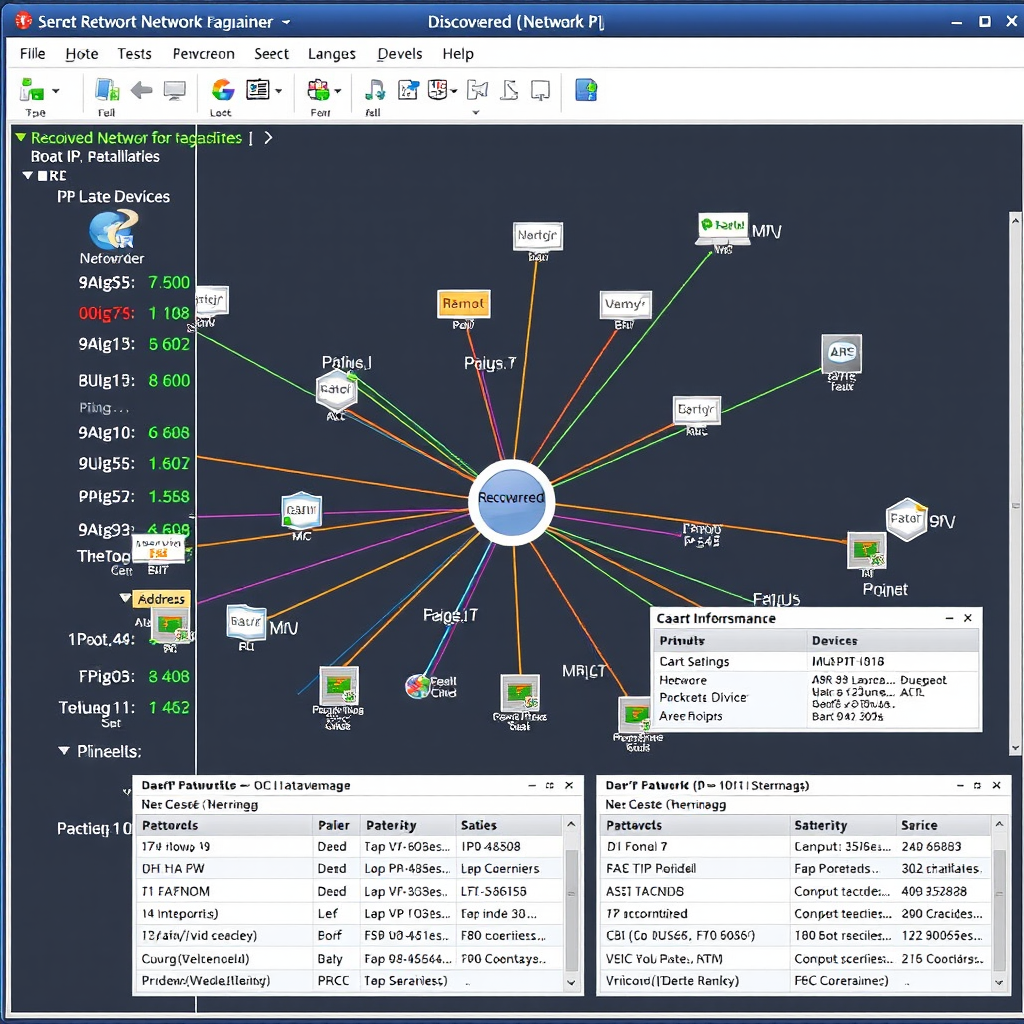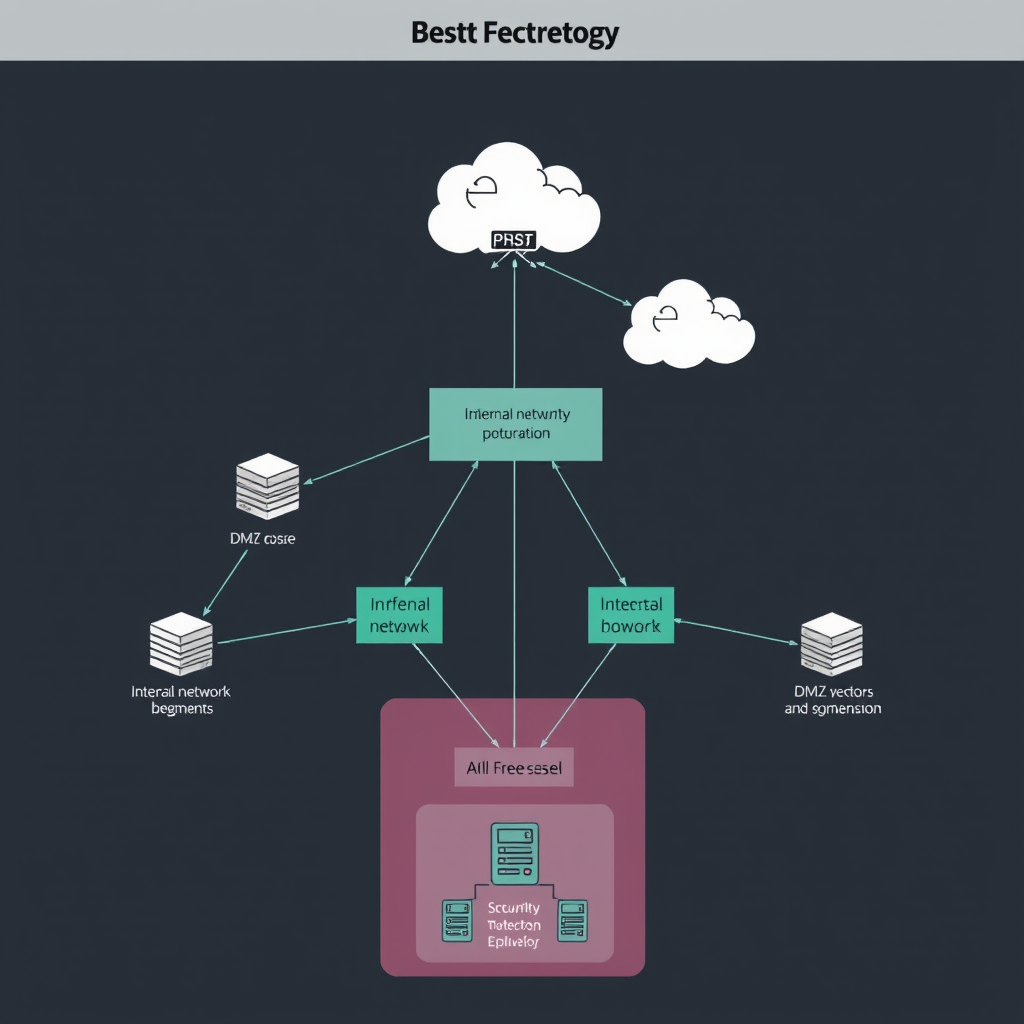Understanding Network Topology: Mapping Your Digital Infrastructure
Learn how to visualize and understand your network's structure for better management and security. This guide covers network mapping techniques, topology analysis, and how proper network documentation can improve troubleshooting efficiency and security planning.

What is Network Topology?
Network topology refers to the physical and logical arrangement of devices, connections, and data flow within a computer network. For network admins, understanding topology is crucial for effective network management, troubleshooting, and security implementation. It provides a visual representation of how devices communicate and helps identify potential bottlenecks or vulnerabilities.
Modern networks can be complex, with multiple layers of switches, routers, firewalls, and endpoints. A comprehensive network scan reveals the actual topology, showing how devices are interconnected and how data flows through your infrastructure.
Types of Network Topologies
Physical Topology
The actual physical layout of cables, devices, and connections in your network infrastructure.
Logical Topology
How data flows through the network, regardless of physical connections and device placement.
Common Topology Patterns
- Star Topology: All devices connect to a central hub or switch, making it easy to manage and troubleshoot individual connections.
- Mesh Topology: Multiple interconnected paths between devices, providing redundancy and fault tolerance.
- Hybrid Topology: Combination of different topologies, common in enterprise environments with multiple network segments.

Network Mapping Techniques
Effective network mapping combines automated discovery tools with manual documentation. A thorough network scan can identify all connected devices, their roles, and relationships within your infrastructure.
Automated Discovery Methods
- SNMP Polling: Query network devices for configuration and status information
- ARP Table Analysis: Examine Address Resolution Protocol tables to identify device relationships
- Scanning: Discover active services and open ports on network devices
- Traceroute Analysis: Map network paths and identify routing infrastructure
Benefits of Proper Network Documentation
Improved Troubleshooting
Network admins can quickly identify problem areas and trace connectivity issues when they have accurate topology maps. This reduces downtime and speeds up problem resolution.
Enhanced Security Planning
Understanding network topology helps identify potential security vulnerabilities and plan appropriate countermeasures for critical network segments.
Capacity Planning
Topology analysis reveals bandwidth utilization patterns and helps predict future network capacity requirements.
Compliance Requirements
Many regulatory frameworks require accurate network documentation and regular topology assessments.

Security Implications of Network Topology
Network topology directly impacts security posture. Understanding how devices are connected helps identify potential attack paths and implement appropriate security controls.
Key Security Considerations
Critical Security Zones
Identify and document critical network segments that require additional protection:
- DMZ networks hosting public services
- Internal server networks with sensitive data
- Management networks for network infrastructure
- Guest networks and BYOD segments
Best Practices for Network Mapping
Regular Network Scanning
Perform regular network scans to keep topology documentation current. Networks change frequently with new devices, configuration updates, and infrastructure modifications.
- Start with Network Discovery: Use automated tools to identify all active devices and their basic properties
- Document Device Relationships: Map how devices connect and communicate with each other
- Identify Critical Paths: Highlight essential network paths and potential single points of failure
- Update Documentation Regularly: Maintain current topology maps as network changes occur
- Validate with Physical Inspection: Verify logical topology against physical infrastructure when possible
Tools and Technologies
Modern network mapping relies on various tools and technologies to provide comprehensive visibility into network infrastructure.
Network Scanners
Automated discovery and mapping tools
Monitoring Systems
Real-time topology and performance monitoring
Security Tools
Vulnerability assessment and security mapping
Conclusion
Understanding network topology is fundamental for effective network management and security. Regular network scanning and proper documentation enable network admins to maintain visibility, troubleshoot issues efficiently, and implement robust security measures.
Investing time in comprehensive network mapping pays dividends in reduced downtime, improved security posture, and more efficient network operations. Make topology analysis a cornerstone of your network management strategy.